Compiled by TeamIAnD
Photography: Courtesy
Archohm
The
Taj Ganj urban redevelopment footprint spans the incremental growth of the
contemporaneous neighbourhood of the Taj Mahal and marks a significant landmark
in its tourist mapping…
Agra’s
Taj Ganj exhibits urban decay yet holds immeasurable vibrancy. A highly dense
fabric, crumbling infrastructure and acute lack of open spaces are juxtaposed
with the richness of cultural life, socio-economic ingenuity and a built
environment expressing almost amusing resourcefulness.
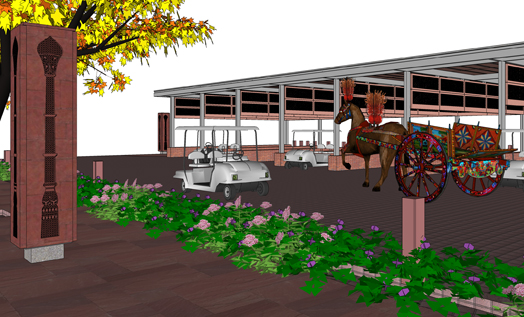 |
| Transportation hub |
Comprised
largely of erstwhile markets appropriated into residential quarters, a few
heritage monuments and Havelis, and
slums, the area enjoys a direct relationship with the environment: the river
Yamuna, the Taj Mahal, the expansive Shahjahan Park and a large forest-block.
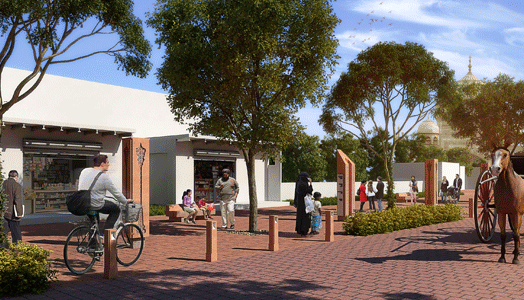 |
| By day & by night |
In an attempt to sew together disparate urban edges that are commercial,
institutional, forest-like greens, bazaars, old city fabrics and slums, the Taj
Ganj project presents newer perspectives of the city that emerge from the multiple layers that have been created
over time. The dream of course is to make the life of residents comfortable and
further the economic growth through its tourism.
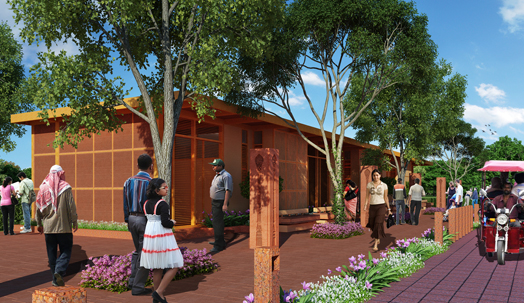 |
| Toilet block |
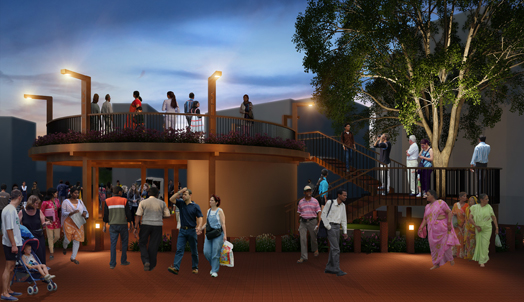 |
| Kutta Park Pavillion |
Being
conceptualized and executed by Archohm Architects, the redevelopment plan proposes
a coherent but non-uniform urban design along the entire stretch, giving
priority to non-motorized mobility, effecting a radical change in the visual
texture of the place.
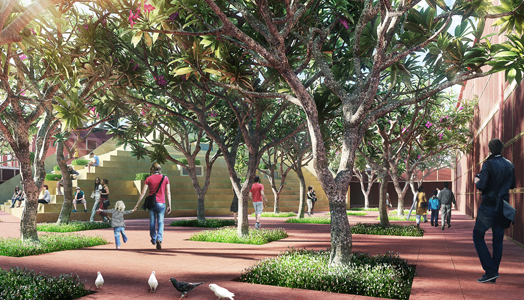 |
| Visitor's Centre |
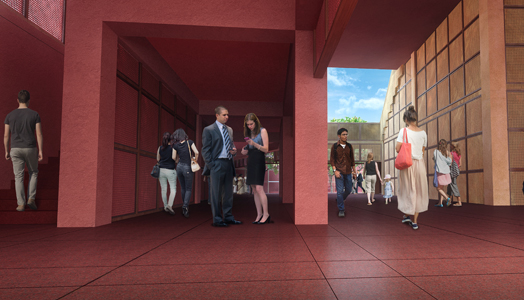 |
| Visitor's Centre Interiors |
Several
amenities such as landscaped seating areas, shelters for parking/ boarding tangas, cycle rickshaws and battery-operated
carts and public conveniences have been proposed along with community centres
and parks.
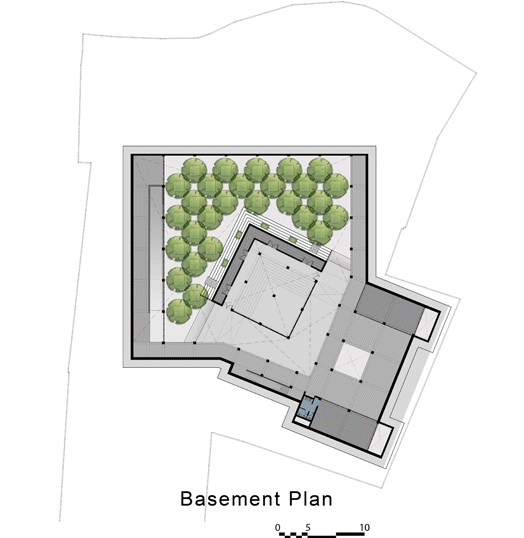 |
| Visitor's Centre plan |
Less
than a hundred metres from the East Gate of the Taj, tourists are oriented
towards Taj Ganj through the Taj Ganj Visitors’ Centre. A low-key, two-storey
cuboid with a six-metre structural grid surrounded by courtyards is aligned
with the south-east boundary of the site. It houses tourist facilities, a
multi-purpose workshop, training spaces and the Taj Ganj Heritage Cell for
preservation and promotion of living cultural traditions, along with offices
for the director and a team of restorers.
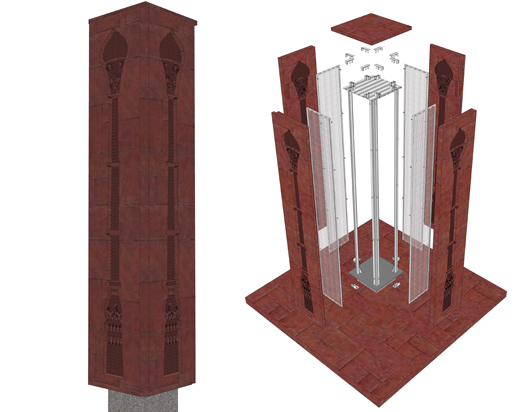 |
| Lamp posts |
The
building simulating a truncated pyramid is positioned diagonally with its axis
of symmetry oriented towards the Taj Mahal and houses a gallery showcasing the
area’s crafts. The entire complex sits in a green sunken court, cardinally
oriented. This lowering of the datum ensures that the architecture is scaled
down as a gesture of respect towards the world heritage site, and the expense
towards pile foundations is saved. The terrace is a seamless space connecting Taj
Ganj and the Taj Mahal visually; making palpable the dramatic tension radiating
from this potpourri-like urban context.
The
project is scheduled for completion by end 2016.

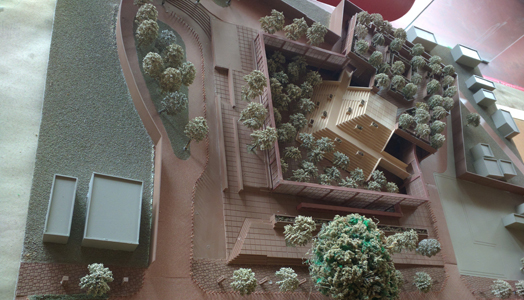

Amazing article about the taj mahal
ReplyDelete